Note: This website was automatically translated, so some terms or nuances may not be completely accurate.
Transforming the Future of Drug Discovery Through the "Joy of Medicine": Daiichi Sankyo's Medicine Museum
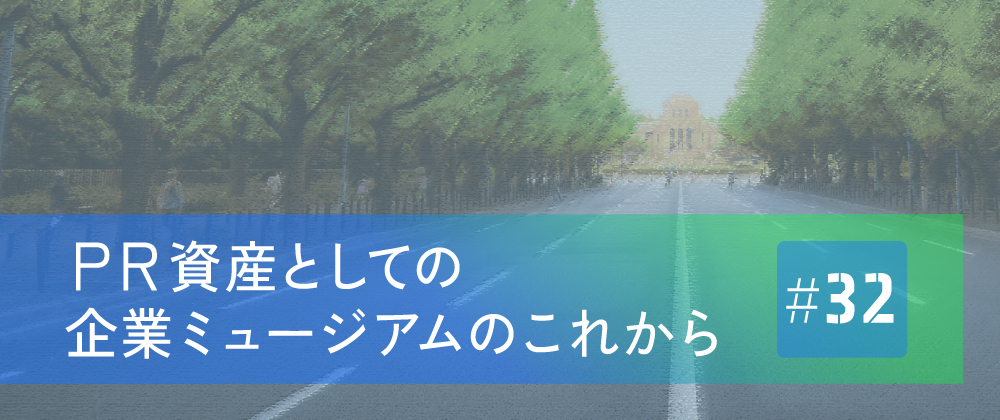
Corporate museums occupy a buffer zone straddling both the academic realm of "museums" and the business realm of "corporations." They are organizations that collaborate diversely with corporate departments such as public relations, branding, advertising, and human resources. In this series, PR professionals will introduce various museums run by corporations, examining their roles, functions, and potential.
Nihonbashi Honcho in Chuo Ward, Tokyo, stands alongside Osaka's Dosho-machi as a "pharmaceutical town." The Daiichi Sankyo Pharmaceutical Museum, operated by Daiichi Sankyo in this historic district, is a facility where visitors can enjoy learning about medicine. Aiming to contribute to the revitalization of the Nihonbashi area while disseminating information about the importance of medicine and drug discovery, this museum serves as a platform. Through its futuristic and unique facility, we explore Daiichi Sankyo's activities as a corporate citizen.
Reporting and Text: Ben Hong (PR Consulting Dentsu Inc.)
An Interactive Museum in the "Pharmacy District"
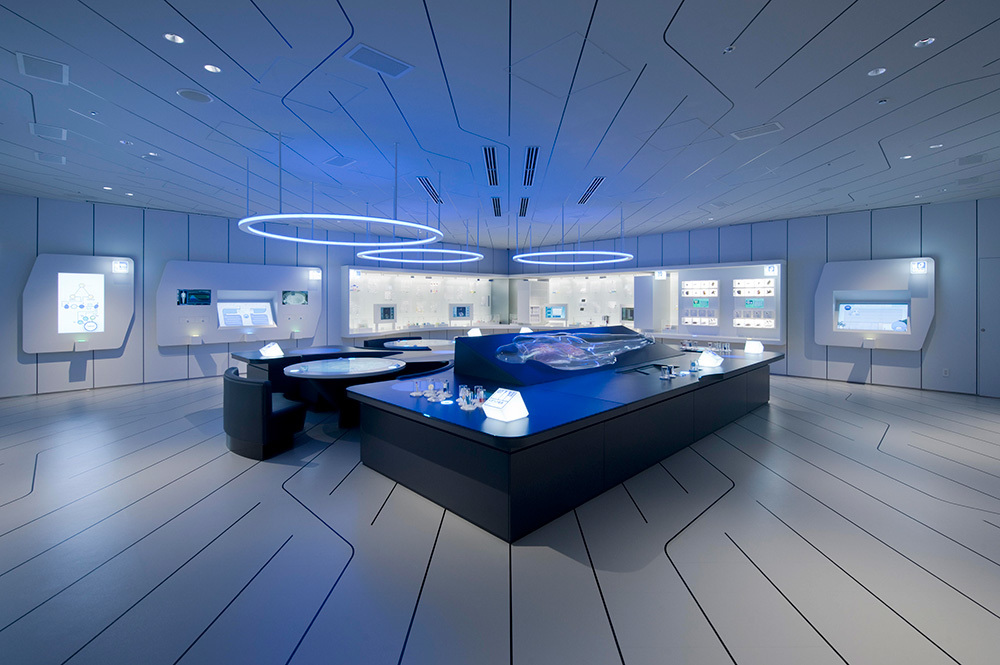
Nihonbashi, Tokyo, flourished as a castle town during the Edo period and has seen numerous high-rise buildings emerge through recent urban development. Within this town where tradition and modernity blend, the Honcho area, which served as the central district, is also known as the "Medicine Town" due to its history of being designated as a medicine wholesaler district by Tokugawa Ieyasu. Even today, many pharmaceutical companies maintain their headquarters here.
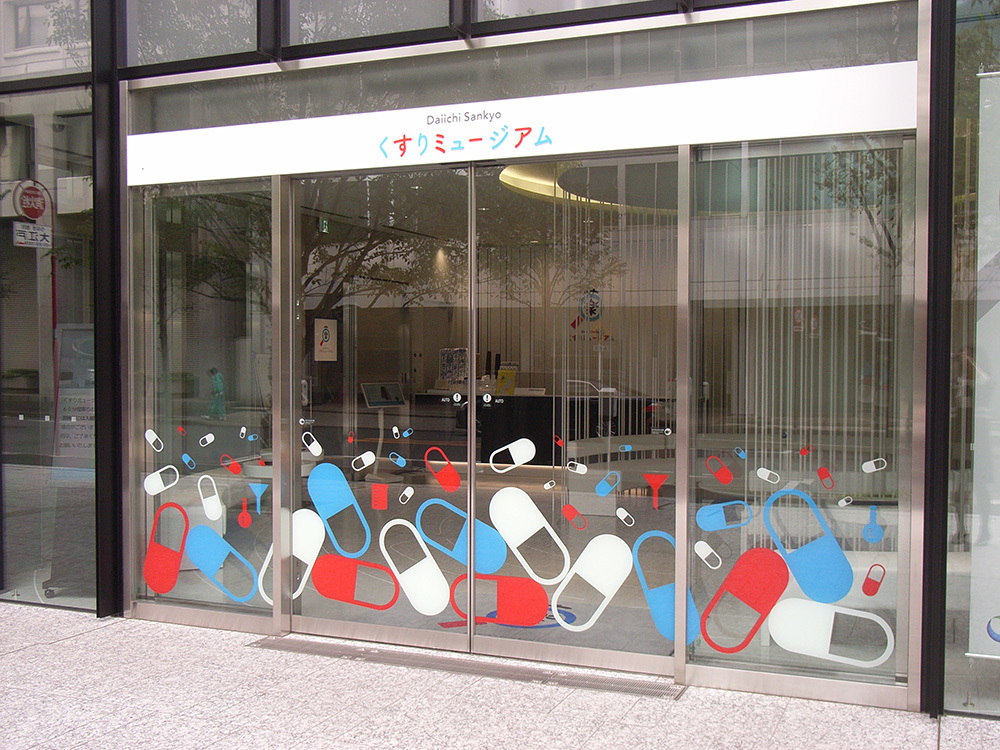
Walking past the towering buildings with Nihonbashi Mitsukoshi Main Store, one of the town's symbols, behind you, a glass-fronted entrance suddenly appears, adorned with a pop-art capsule design. This is the "Daiichi Sankyo Pharmaceutical Museum," operated by Daiichi Sankyo.
Daiichi Sankyo is a major pharmaceutical company formed in 2005 through the merger of Sankyo and Daiichi Pharmaceutical. The group develops, manufactures, and sells a wide range of medicines, from prescription drugs focused on oncology to OTC medicines (those available without a prescription). Looking back, Sankyo's digestive enzyme Takadiazase, launched at the company's founding, has such a long history it even appears in Natsume Soseki's novel I Am a Cat. In 2023, it became the first company in Japan to receive approval for the manufacture and sale of an mRNA (messenger RNA) vaccine for COVID-19.
The Daiichi Sankyo Medicine Museum, a free interactive facility opened in February 2012, serves as a place to learn about new drug development and how medicines work, under the concept of "Getting Better Acquainted with Medicine." Since opening, it has welcomed far more visitors than its initial annual target of 10,000, reaching a cumulative total of 140,000 visitors over ten years by 2022. Located on the first and second floors of the headquarters building, it has a total floor area of 387.23 square meters. As of 2024, it operates on a reservation-only basis with four staff members stationed there.
A Digital and Experience-Focused Hub for Drug Information
The Daiichi Sankyo Medicine Museum differs significantly from typical "archives" or "museums." It displays no historical documents or collections. Instead, it features digital content—large screens, digital games, and computer graphics (CG)—arranged in a futuristic space. Uncommon for a corporate museum, it specializes in "digital technology" and "experiences."
Moreover, the museum's focus is not on its own products or history, but on "medicine" itself. It provides an opportunity for everyone, from children to adults, to learn about the fun and understand the importance of medicine – subjects that are highly specialized and often unfamiliar to the general public.
See, hear, touch! Immerse yourself in the world of medicine!
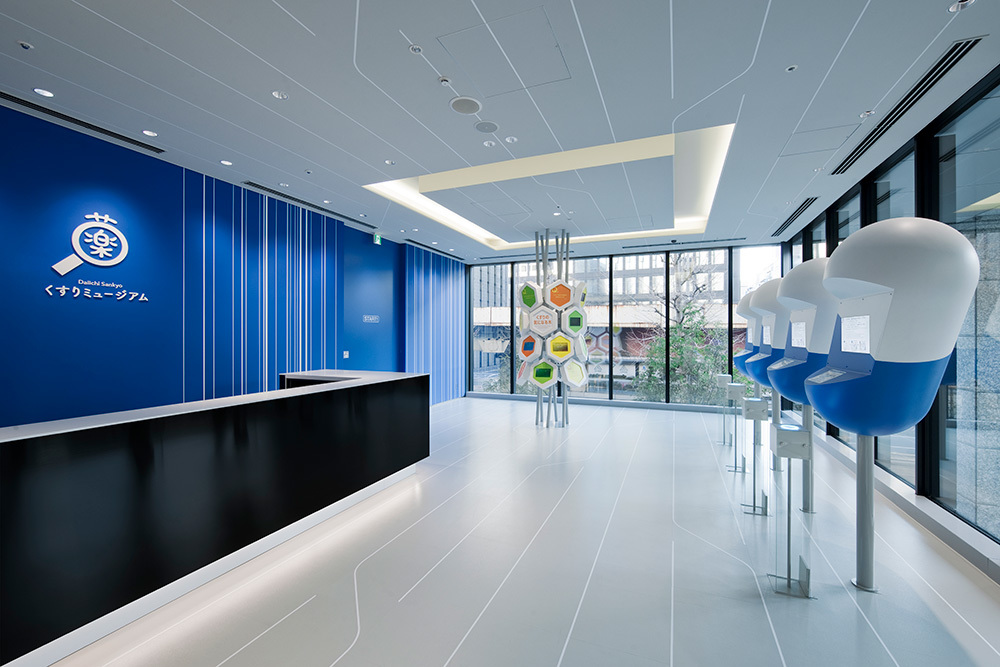
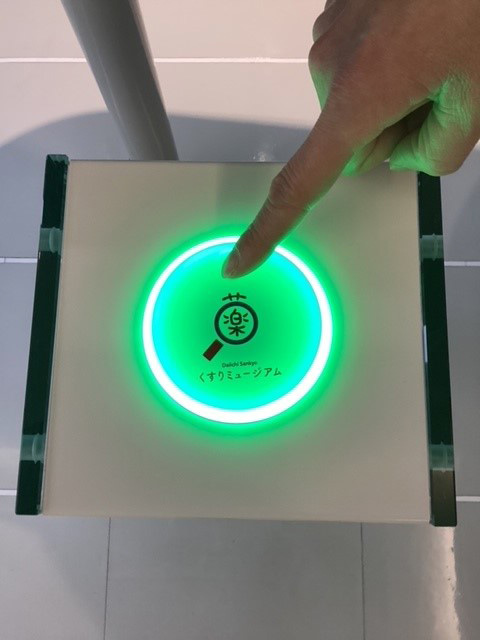
The museum is organized into multiple areas such as "Medicine and the Body," "The Seeds of Medicine," and "How Medicine Works," which are further divided into 22 exhibition corners. Upon entering, visitors first receive an IC chip-embedded medal at the reception desk. This medal is registered at the capsule-shaped monitor called the "Capsule Entry." By placing it on spots installed throughout the museum and operating it by pressing or rotating, visitors can solve various mysteries about medicine.

After completing the entry process, visitors proceed to the exhibition area. Stepping inside, a spaceship-like space unfolds, making hearts race. In this "Medicine and the Body" exhibition area, visitors learn through virtual imagery how the human body is structured and what happens inside during illness. "Actually, this area is designed to resemble the human digestive tract," explained Mr. Ken Usui from Daiichi Sankyo Business Associates' General Affairs Promotion Department, who guided us through the museum. If this pathway represents the digestive tract, then visitors are the "medicine" traveling through it. You realize the adventure into the world of medicine is staged not just through the content, but through the entire space.
Next, we moved to the main exhibition space. In a predominantly white space, models of medicines, specimens of the plants and organisms used as ingredients, and experimental equipment are displayed, evoking the feel of a laboratory. Each element forms an independent exhibition corner; placing a medal activates games, quizzes, or video content.
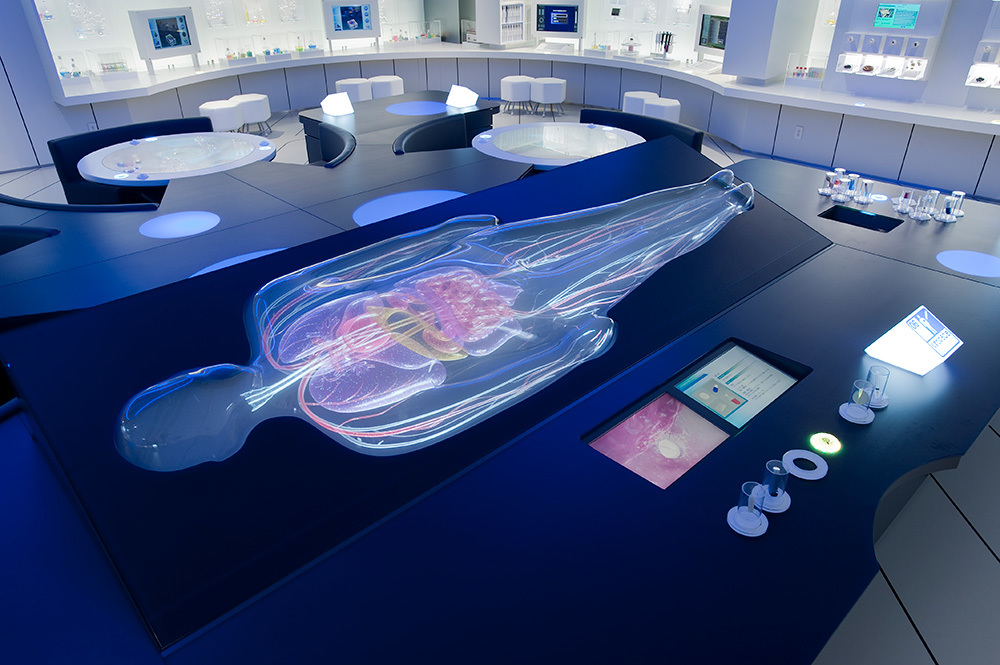
Here, a giant skeleton model stands out with remarkable presence. At first glance, it appears to be just a white, glowing plastic human figure lying down, but this too is part of the "How Medicines Work" exhibit. By selecting specific types of medication—such as oral medications (taken by mouth), injections, or suppositories—the digestive tract and internal organs appear within the model. This allows visitors to see the journey of the medication through the body, from ingestion to excretion.

Furthermore, the game content is substantial. For example, the roundtable exhibit "How Medicines Work" allows you to learn about the effects of medicines for specific diseases through a competitive game format. Selecting "Heart Attack" as a test triggered a "Cholesterol Scoop Battle" game, where players scoop up and eliminate excess cholesterol to maintain normal levels in the blood vessels responsible for the condition. Other games simulate the drug discovery process, such as a 3D puzzle game modeling "Drug Design" to create optimal compounds, and a "Screening" game to identify useful compounds for medication.
A particularly noteworthy feature of these exhibits is that each visitor can choose the drugs or diseases they wish to learn about. Whether playing games or answering quizzes, many steps involve selecting from several options, meaning different choices lead to new knowledge and discoveries. Even within a limited space, visitors can experience the profound depth of the world of medicine, and the design ensures repeat visitors never grow bored.
Cross-organizational video content production

Another feature of the museum is its extensive collection of video content. The "Medicine Theater," equipped with three large screens, screens multiple videos such as "The Future of Medicine" and "Medicine and Nihonbashi." Video production sometimes involves collaboration with specialized internal departments. For example, the new video "Vaccines Protecting People from Infectious Diseases," which began screening in March 2023, was created in partnership with the department responsible for vaccine development within the company.
Moreover, the museum's educational offerings extend beyond medicine itself. It also spotlights the people who create medicines, featuring interview videos with employees. Researchers, Medical Representatives (MRs), and other staff involved in various stages of new drug development appear, offering a rare opportunity to hear about their work and their passion for drug discovery.
As mentioned earlier, the museum contains almost no historical exhibits about the company itself. Instead, it leverages the specialized knowledge and experience of its employees to create cross-functional content, making it a museum uniquely representative of Daiichi Sankyo. While these video contents are intended for external audiences, "Having our work shared externally also fosters a sense of pride among employees," says Fumihiro Usui of Daiichi Sankyo's Procurement Management Department. It was evident that the museum also serves as internal communications, contributing to raising employee awareness and fostering a sense of unity.
Realizing a Perception Change for Medicines
So far, we've introduced the exhibition areas. Even considering just the high quality and entertainment value of the content, it's astonishing that this is a free admission facility. What purpose and significance underlie the operation of this medicine museum?
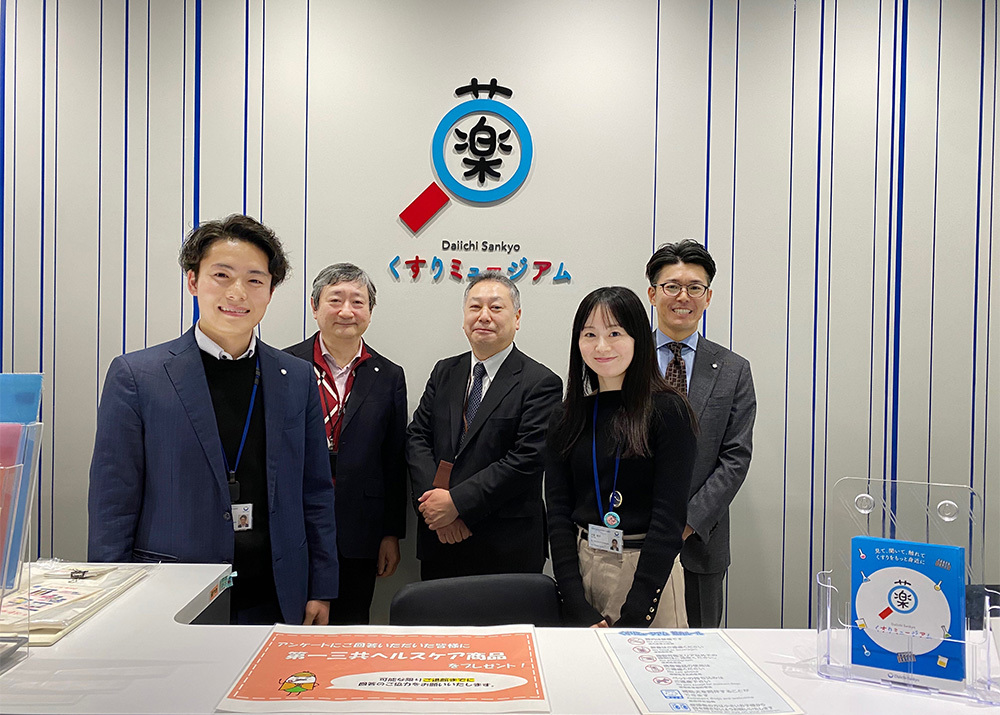
When we asked the Daiichi Sankyo Group employees who assisted with our interview about the background leading to the museum's opening, they explained that at the time, societal expectations were growing for pharmaceutical companies to provide education and disclose information about medicines. This was driven by factors such as the mandatory introduction of "medicine education" in junior high schools and the diversification of medicine purchasing channels. Seizing this opportunity, the museum was established as part of Daiichi Sankyo's corporate social responsibility activities. Its goals were to contribute to fostering understanding and trust not only in Daiichi Sankyo but in the broader pharmaceutical industry and medicines, while also aiming to revitalize the Nihonbashi area. The design focused on "the fun of medicine," creating a place where visitors could learn about how medicines work and drug discovery in an enjoyable way.
By the way, what impressions do you have about "medicine"? Before visiting the museum, the author associated medicine with bitter and unpleasant tastes for oral drugs, or potentially painful sensations for topical treatments. It was something taken as instructed without much understanding. If asked whether liked or disliked it, the answer would be dislike. These were the negative words that came to mind. Most people probably share similar feelings.
Thinking about it, I realize what Daiichi Sankyo is achieving through this museum is a perception change regarding medicine. The content—games, videos—and the overall spatial design are clever, and while they're naturally interesting, the knowledge gained from them—for example, "Why do medicines come in so many different forms?" or "How are they made?"—is what makes it fun and relatable as you think about and understand these things one by one.
The museum's logo perfectly captures this shift in perception. By looking closely at "medicine," you begin to see a "joy" you never noticed before. This realization is precisely the greatest value the museum offers and its very reason for being.
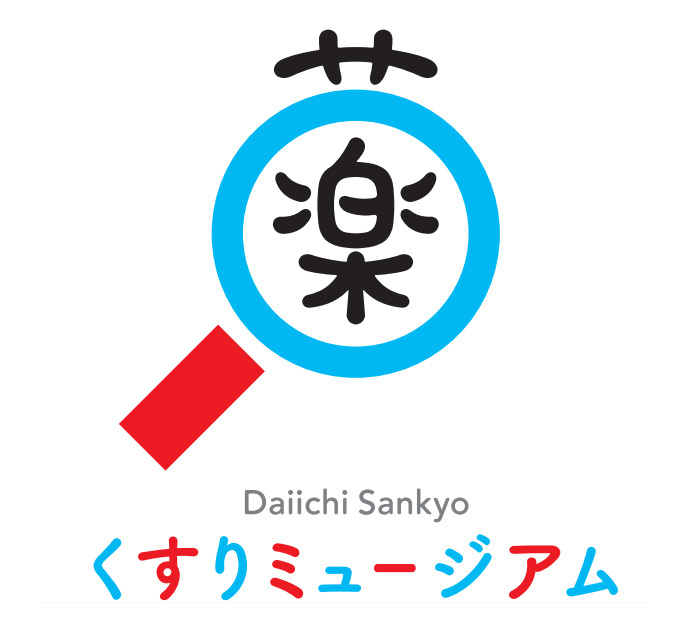
A Unique Approach to Creating a Space Open to Everyone
I also want to touch on the museum's unique approach to fostering familiarity with medicine: its original characters.
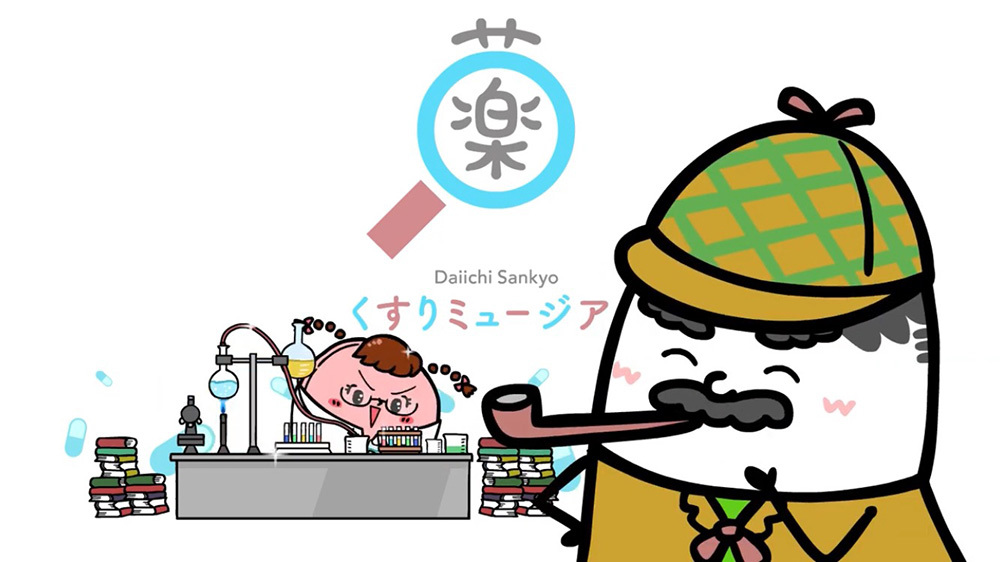
The museum features two characters: James, a famous detective who knows the secrets of 1,000 medicines, and his apprentice assistant, Kusurina. They explain medicine-related information in an easy-to-understand way for beginners and children through the museum's materials and website. They also add a playful touch, being available for photos at photo spots and featuring in a wide range of merchandise.
While corporate or product characters are common, it's quite rare for a corporate museum to create its own original characters. However, precisely because the topic can seem difficult, this approach seemed effective. In other words, characters that cater to beginners make the museum more approachable for general visitors, especially children, broadening its appeal.
This commitment to being a space open to everyone is evident throughout. For instance, it caters to foreign visitors by providing information in English and Chinese alongside Japanese. To reach people living far away, it established an "Online Museum," publishing some video content on its website. Because medicine concerns everyone, it's crucial to be inclusive without drawing target lines, and this museum truly embodied that.
Passing the Baton to the Future of Drug Discovery
Visiting the Daiichi Sankyo Medicine Museum felt like facing "medicine" for the first time in my life. Particularly striking was the sheer immensity of the drug discovery process and the unwavering resolve of pharmaceutical companies tackling it.
The success rate for drug development is said to be one in 30,000. Typically, the development period takes 9 to 17 years, involving thousands to tens of thousands of people. This places it among the most demanding product development efforts, comparable to or even exceeding the time and effort required for rocket or space shuttle development. Hearing that tens of thousands of people fulfill their respective responsibilities, passing the baton along, until finally a single pill is produced makes even the medicine in your hand feel like an incredible invention.
Precisely because drug discovery is such a monumental project, nurturing talent is critically important. We must cultivate the necessary personnel to pass the baton forward to the future. The Medicine Museum was one answer to this persistent talent challenge facing the pharmaceutical industry. In other words, the "joy of medicine" experienced here becomes a seed of interest in pharmacy for children, expanding the potential for nurturing the talent who will shape the future of drug discovery. Isn't this a step toward social innovation, one that can only be achieved through an experiential museum? Visiting the museum and seeing the smiles of so many children filled me with hope for the future of drug discovery.
[Editor's Note] (From the Web Editorial Department)
When you think of Nihonbashi, images come to mind like the starting point of the Tokaido Road, the fish market, and kimono wholesalers...
I learned for the first time that it is also a "medicine town."
What symbolizes the Edo period? When I ponder this, that famous ukiyo-e print of Nihonbashi comes to mind. It could be called one of the primal landscapes of the Japanese heart.
The bustling energy of people passing by, the round bridge seeming to connect to the future. Transcending time and space,
it somehow makes you feel like, "As a Japanese person, I should try harder."
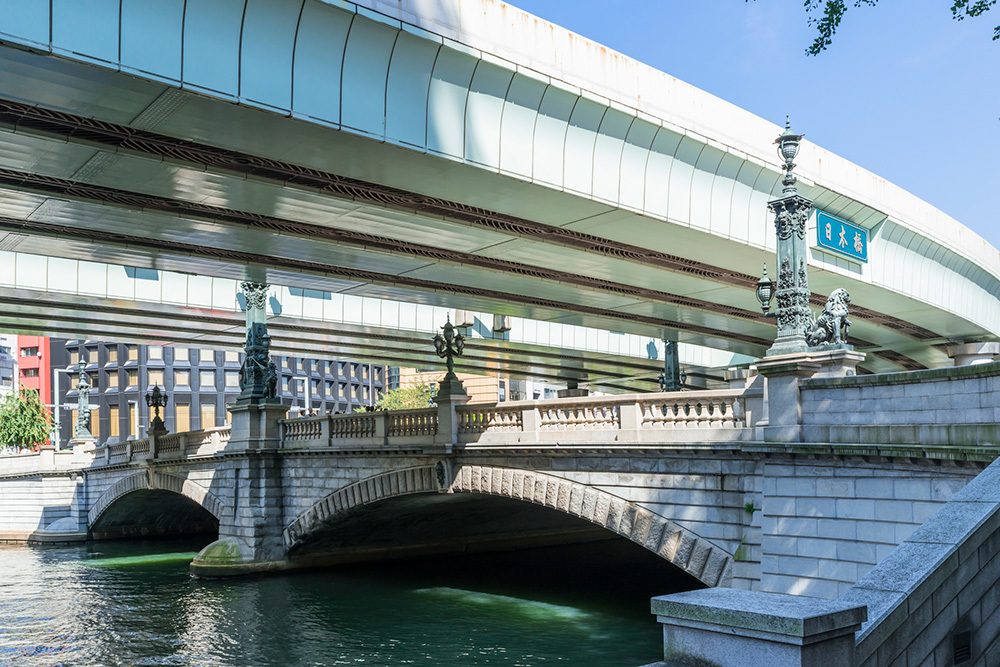
Medicine isn't just for curing illness. It also gives you that "I'll do my best" feeling. The character for medicine (kusuri) combines the grass radical with the character for "joy" (raku). How apt. It doesn't just ease symptoms; it brings "joy" to the heart. I think it represents the unwavering spirit of Daiichi Sankyo.
Was this article helpful?
Newsletter registration is here
We select and publish important news every day
For inquiries about this article
Back Numbers
Author

Lin Hong
PR Consulting Dentsu Inc.
Bilingual Japanese-English PR Planner. After working on corporate communications for international clients at a foreign PR firm, joined PR Consulting Dentsu Inc. in 2023. Focuses on global PR projects involving both inbound and outbound communications, handling everything from communication strategy development to execution.



